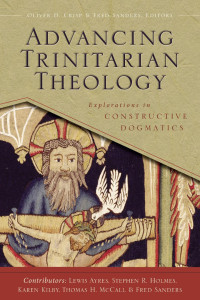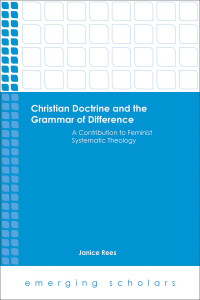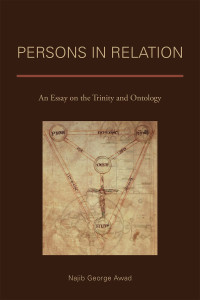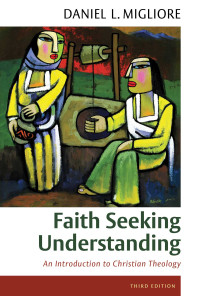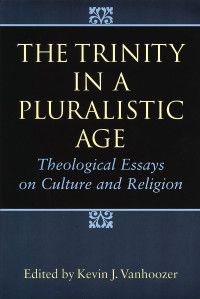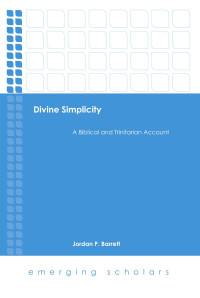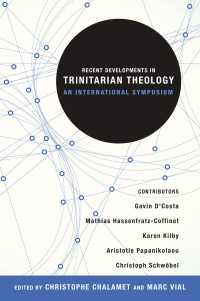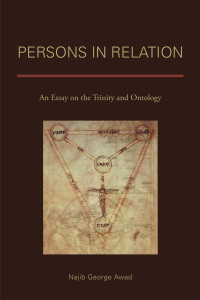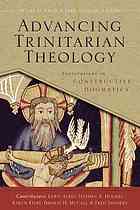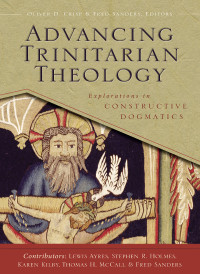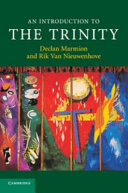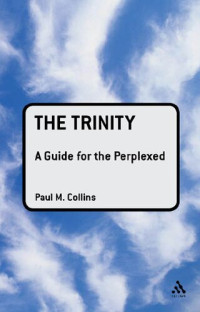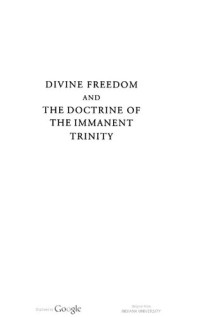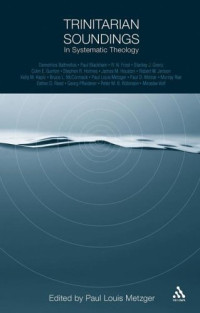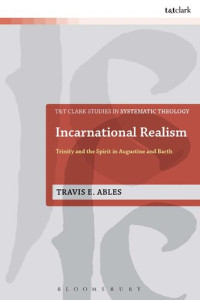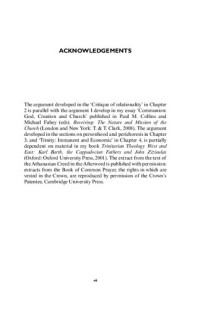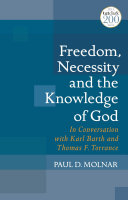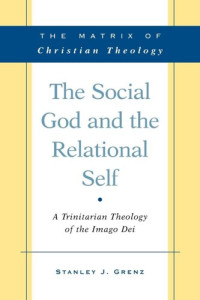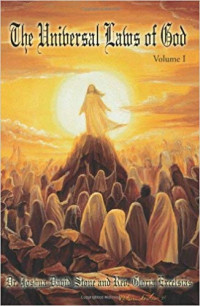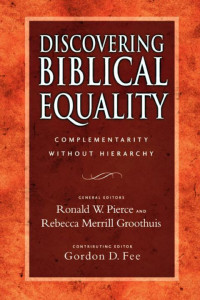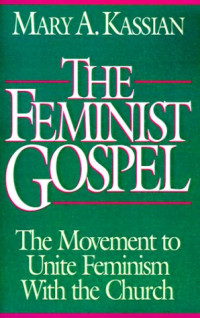
What's Right with the Trinity?: Conversations in Feminist Theology
Hannah Bacon
The doctrine of the Trinity poses a series of problems for feminist theology. At a basic level, the androcentric nature of trinitarian language serves to promote the male as more fully in the image of God and as the archetype of humanity, pushing women to the margins of personhood. It is no surprise then that feminist scholarship on this doctrine has often focused on what's wrong with the Trinity, setting out the problems raised by the use of traditional androcentric trinitarian language. This book brings together a discussion of feminist theological methodology with a critical exploration of the doctrine of the Trinity. Focussing on what's right with the Trinity as opposed to what's wrong with the Trinity, it considers the usefulness of this doctrine for feminist theology today. It replaces a stress on trinitarian language with an emphasis on trinitarian thought, exploring how we might effectively think rather than speak God in light of feminist concerns. In particular, it asks how a trinitarian understanding of God might support, and be supported by, key values which underpin a feminist way of doing theology, specifically values which underpin the methodological use of women's experience in feminist theology. The central argument is that thinking God as Trinity need not serve to reinforce patriarchal values and ideals but may in fact promote the subjectivity and personhood of women.
Categorías:
Año:
2009
Editorial:
Routledge
Idioma:
english
Páginas:
236
ISBN 10:
0754666735
ISBN 13:
9780754666738
Serie:
Routledge New Critical Thinking in Religion, Theology and Biblical Studies
Archivo:
PDF, 35.04 MB
IPFS:
,
english, 2009
 Amazon
Amazon  Barnes & Noble
Barnes & Noble  Bookshop.org
Bookshop.org  Convierte archivos
Convierte archivos Más resultados de búsqueda
Más resultados de búsqueda Otros beneficios
Otros beneficios 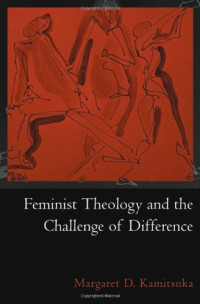
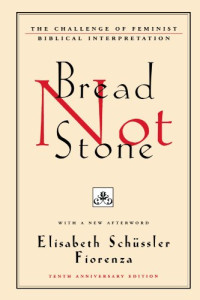
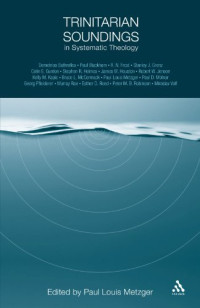
![Daniel L. Migliore [Migliore, Daniel L.] — Faith Seeking Understanding: An Introduction to Christian Theology, Third Ed.](https://s3proxy.cdn-zlib.se/covers200/collections/userbooks/8699a6966832d9d4cc0e98d36bb1ec05c8d70098f4f9f20162879f073da9c82d.jpg)

